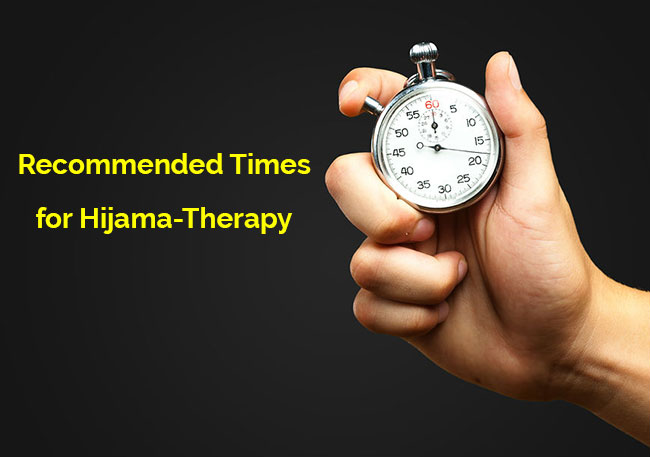The Top Recommended Food in Islam (2)
According to a reliable tradition from Imam Ja’far-e-Sadiq (a.s.), meat increases the flesh of one’s body and if for forty days a man has not eaten meat, then he should take loan and eat meat and this loan will be returned by the Almighty.
A person visited Imam Reza (a.s.) and said that the people of his house do not eat lamb as it creates melancholy (sauda) and also creates headache and other pains. The Imam (a.s.) replied that God prefers only lamb meat better than other kinds of meat otherwise he would not have preferred a sacrifice of it instead of Hazrat Ismail (a.s.).
According to Imam Mohammed Baqir (a.s.), the Children of Israel complained to Moses The Prophet (a.s.) that the disease of dandruff had increased a lot among them. God revealed unto Moses The Prophet (a.s.) that the people should be ordered to have beef with beetroot.
It is stated from Imam Sadiq (a.s.) that the meat of birds and cows cures dandruff. Cow’s milk is it’s medicine, ghee or oil is it’s cure and meat is a disease itself.
A reliable tradition states that whosoever wants that he should cure his anger and decrease sadness and grief should take the meat of partridge.
Hazrat Moosa Kazim (a.s.) states that the person who takes chakor meat will get strength in his knees and it will also cure fever.
A reliable tradition from Hazrat Imam Mohammed Taqi (a.s.) states that the meat of asfardad is good. It was liked by his father who used to say that this meat should be baked or grilled and given to those suffering from jaundice.
A tradition states that when people questioned Imam Ja’far-e-Sadiq (a.s.) about having raw meat he stated that it was the food of animals of lower grade.
Most of the traditions prohibit having meat dried in the shade as it causes many types of pains and weakens the stomach and very few traditions negate it.
According to Imam Sadiq (a.s.), three things destroy health and even lead one to one’s death:
- a) To have meat dried in shade and smelling bad
- b) To bathe after having a full meal
- c) To intercourse with old woman.
According to another tradition from the same Imam (a.s.), there are three things which have nothing to do with eating but increase weight – wearing cotton cloth, smelling good scent and applying depilatory (Noorah); and there are three things which are concerned with eating but decrease weight – dried meat, cheese and buds of dates. And there are two things which are always advantageous – luke warm water and pomegranate; and there are two things which are always harmful – dried meat and cheese.
A reliable tradition from Imam Ja’far-e-Sadiq (a.s.) states that meat cooked in milk was the special diet of Prophets



